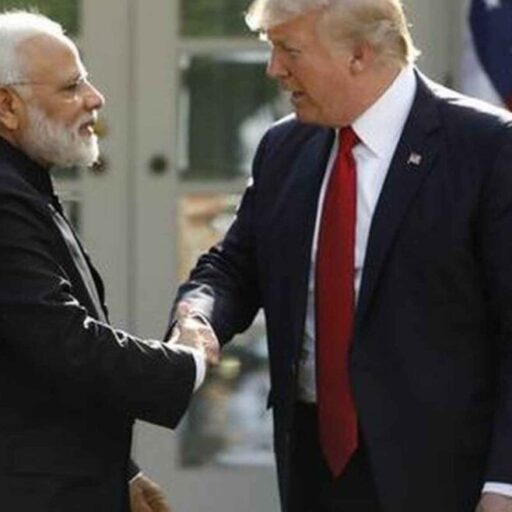Some have the art of pausing time to pen their stories, and Krishnan Srinivasan is one of them. Krishnan is a former foreign secretary, a voracious reader, a prolific writer on international politics, and has an active presence in academic circuits. Yet, despite punishing schedules, Krishnan finds time to write fiction, specifically crime thrillers. An eye for detail and empathy for people define his writings. Over the years, Krishnan Srinivasan has written over six books wherein Michael Marco, a former Somali diplomat, is the central character. The main concern of Krishnan’s latest novel – The Ambassador and the Private Eye – is to understand the root causes of violence that humans inflict on each other.
Krishnan’s characters in Michael Marco novels are cosmopolitan. We have a former Somali diplomat living in Kolkata, a Calcutta girl who is engaged to a Swedish national and the Vaccher family with trans-continental philanthropic interests. They effortlessly navigate different cultural spaces and build robust relationships across ethnic identities.
In the latest book, while Michael Marco continues to play a pivotal role, Koel Deb defines the narrative trajectory with a layered and detailed presentation of various criminal cases. Koel Deb, a private detective, was a Deputy Commissioner in the Detective Department who lost her left arm in a shoot-out. Koel now has a bionic hand, and yet the description is never designed to solicit sympathy by demonstrating that she cannot perform certain human functions. In the book, the bionic hand is neither debilitating nor abnormal.
We do not get to know much about Koel Deb’s personal life. There is a passing reference to Koel’s personal life, regarding her friend from college days, “who is the cross between Hrithik Roshan and the walnut Brad Pitt” and her deepening friendship with Michael Marco becomes clearly evident. However, we do not get to know her intimately in terms of books she reads, music that she listens to, the movies that she likes, and the relationships/experiences that made her emotionally resilient. But on the other hand, the readers get to appreciate Koel Deb’s professional competence.
As a private detective (private eye), Koel collects all the evidence, sometimes at personal risk, and Michael Marco uses his deductive capabilities to unpack and identify the culprits. Each chapter discusses an unresolved criminal case, which Michael Marco resolves with his remarkable analytical skills. The cases range from national security to family law to murder. Since each criminal case is treated as a standalone case, the readers can read the chapters in a non-linear fashion after the first few stories. And, the chapters do not weave into a grand narrative. The only constant narrative that flows through these short stories is the deepening of the friendship between Koel Deb and Michael Marco.
Except for a few cases in locations such as Cooch Behar, most stories have Kolkata as a backdrop. Kolkata comes to life in Krishnan’s writings. The author avoids the cliched presentation of Kolkata as an urban space filled with garbage and crumbling infrastructure. Of course, there are references to streets filled with filth and decrepit buildings. However, other dimensions of the city, such as well-maintained bungalows, sparkling new buildings with penthouses and cafes with French windows, do get represented. More importantly, Krishnan’s Kolkata comes across as a city full of talented people with very little prejudice and devoid of identity-based discrimination.
Of course, the stories in the book depict the harsh structural violence that stymies individual progress. Many characters fail to climb up the social ladder as their respective societal context tie them down. The inability of the police apparatus to assist the weak and vulnerable often comes through. Simultaneously, the author avoids portraying police personnel as brutally violent, which has become a familiar trope in contemporary movies. Krishnan does not deny agency to his characters. Criminality for the author, could also be a consequence of basic human impulses such as greed and revenge.
Though the book is a work of fiction, it raises a few critical questions: Are we training people on how to understand and respond to basic human impulses? What does ‘closure’ mean after a violent incident? A detective’s work is to piece together evidence to recreate the sequence of violent actions. Such sequencing may be a necessary condition but not a sufficient condition for closure. Through the stories, the author brings out the many variables that impact human action, which points to the imprudence of indulging in deterministic analyses.
Without explicitly saying so, the author mentions a list of scholarly works for readers to better understand the human condition. In the midst of violence and criminal activity, the readers are introduced to various philosophical works such as Immanuel Kant’s Categorical Imperative, Epistle of St. Paul the Apostle to the Galatians, Alexander Pope’s poem ‘An Essay on Man’ and René Descartes’ writings. The Ambassador and the Private Eye demonstrate that it is possible to reflect on the human condition with some suspense and thrill.




